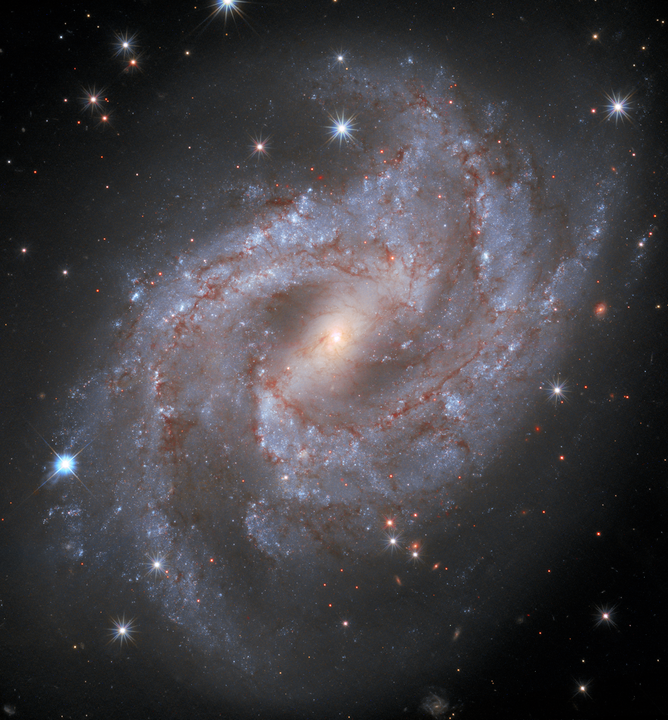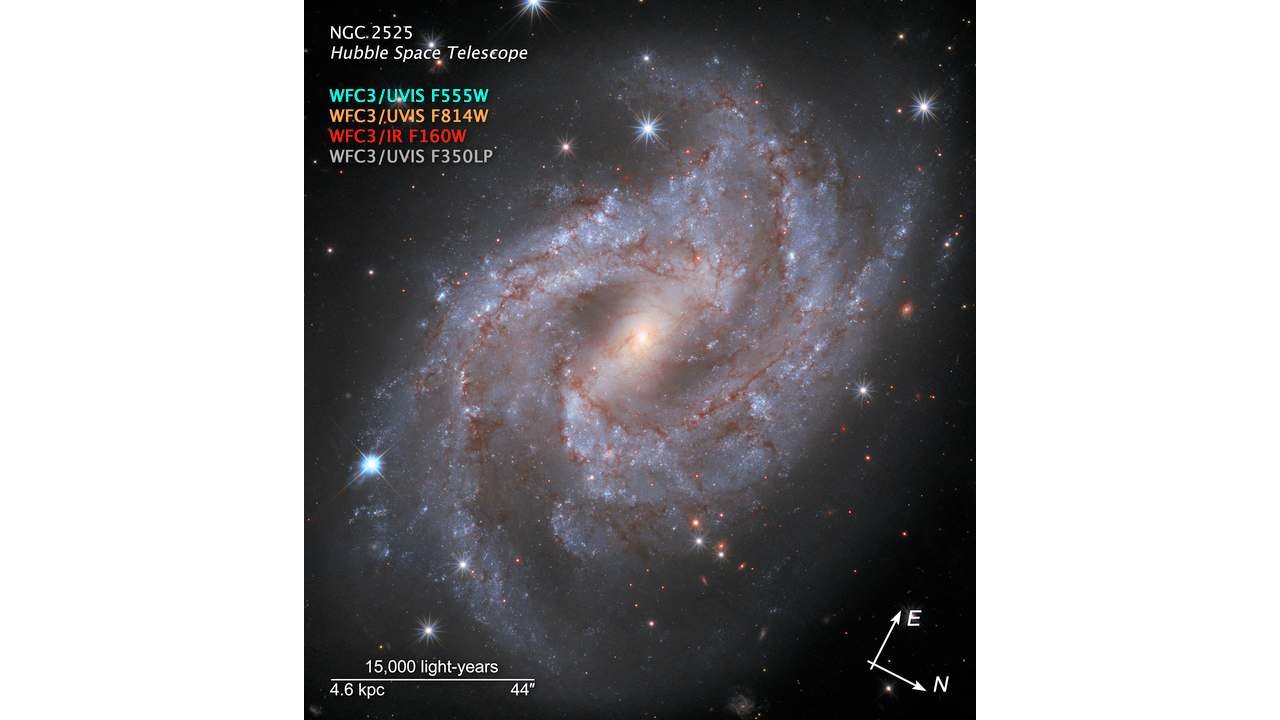Hubble Space Telescope watches stunning supernova fade over a full year
The Hubble hits keep on coming.
Tens of millions of years ago, the corpse of a star stole away too much gas from a neighbor and exploded, becoming a beacon in the cosmos — one that took a full year to fade away.
Fortunately for scientists, the massive stellar explosion, called supernova 2018gv, took place 70 million light-years away, and the Hubble Space Telescope was in prime position to watch the lightshow. Astronomers used the instrument to create a timelapse showing the supernova's year-long fade, from February 2018, shortly after the explosion was first detected, through February 2019.
"No Earthly fireworks display can compete with this supernova, captured in its fading glory by the Hubble Space Telescope," Adam Riess, an astrophysicist at the Space Telescope Science Institute and Johns Hopkins University in Maryland and leader of the team behind the new footage, said in a statement.
Related: The best Hubble Space Telescope images of all time!

The supernova occurred in a large spiral galaxy called NGC 2525, toward the outer edge of one of the galaxy's prominent arms, where a white dwarf — itself the superdense remnant of a dead star — and its companion star circled each other.
But as they danced across their corner of the universe, the white dwarf was gradually glomming onto gas, pulling it away from its companion and growing larger. Until it no longer could.

The white dwarf exploded, releasing in just a few days as much energy as our sun does in a few billion years, becoming by far the brightest thing in the galaxy. But that peak brightness, astronomers know, is standard for this type of supernova.
Get the Space.com Newsletter
Breaking space news, the latest updates on rocket launches, skywatching events and more!
Hence Hubble's interest in watching the supernova: because that brightest setting is fixed, scientists can use these flashes to measure distances across the universe, finetuning their estimate of how quickly the universe is expanding.
Email Meghan Bartels at mbartels@space.com or follow her on Twitter @meghanbartels. Follow us on Twitter @Spacedotcom and on Facebook.
Join our Space Forums to keep talking space on the latest missions, night sky and more! And if you have a news tip, correction or comment, let us know at: community@space.com.

Meghan is a senior writer at Space.com and has more than five years' experience as a science journalist based in New York City. She joined Space.com in July 2018, with previous writing published in outlets including Newsweek and Audubon. Meghan earned an MA in science journalism from New York University and a BA in classics from Georgetown University, and in her free time she enjoys reading and visiting museums. Follow her on Twitter at @meghanbartels.









